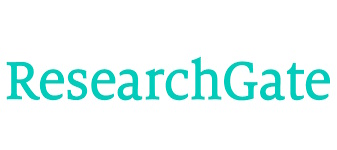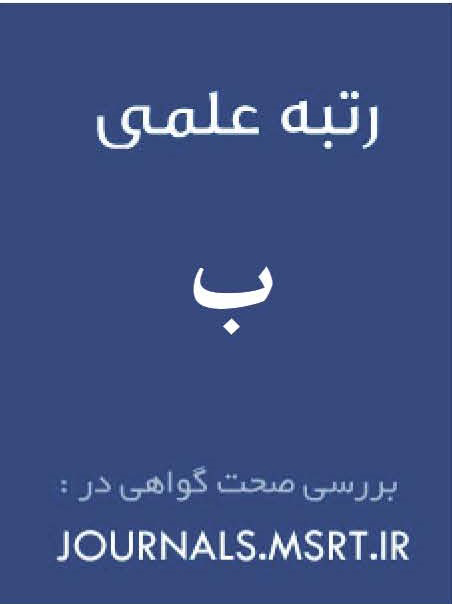Jurisprudential–Legal Analysis of the Property Value of Stem Cells and Its Implications for Therapeutic Contracts: Designing a Multi-Level Supervisory Model
Keywords:
stem cells, property value (māliyat), medical jurisprudence, therapeutic law, medical contracts, multi-level supervisionAbstract
This study provides an in-depth jurisprudential–legal analysis of the property value (māliyat) of stem cells and its implications for therapeutic contracts, employing a mixed (qualitative–analytical) approach and integrating jurisprudential, legal, and medical perspectives. The central issue concerns the tension between Islamic jurisprudential views on the property value of cells and the fundamental rights of patients, alongside the legal requirements of therapeutic agreements. Drawing on authoritative sources such as Jawāhir al-Kalām and Tahrīr al-Wasīla, as well as the opinions of contemporary marājiʿ al-taqlīd including Ayatollah Makarem Shirazi and Ayatollah Sistani, the research evaluates evidence for the recognition of stem cells as having property value. In the legal dimension, it examines Iranian statutory provisions, notably Article 190 of the Civil Code and the Civil Liability Act, and compares them with international instruments such as European Union guidelines. Findings indicate that stem cells are recognized as having property value under specific conditions in Islamic jurisprudence, that the Iranian legal system suffers from significant gaps and ambiguities in regulating therapeutic contracts involving stem cells, and that there is an urgent need for a comprehensive regulatory framework. To address these issues, the study proposes a three-tier supervisory model encompassing a jurisprudential level for determining Sharia-based criteria, a legal level for drafting standardized contracts, and an executive level for integrated oversight. The novelty of the research lies in its holistic analytical approach and the design of an operational model to resolve current challenges, offering a solid foundation for policymaking in medicine and health law.
Downloads
References
Ahmadi, M. (2021). The monetary value of stem cells in Imamiyyah jurisprudence. Medical Jurisprudence, 12(3), 45-67.
Alison, M. R. (2002). An Introduction to Stem Cells. Wiley-Blackwell. https://doi.org/10.1002/path.1187
Bahrami Ahmadi, H. (2016). Civil liability in modern treatments. Judiciary Law Journal, 80(2), 189-210.
Ballen, K. K. (2013). Umbilical cord blood transplantation: the first 25 years and beyond. Blood, 122(4), 491-498. https://doi.org/10.1182/blood-2013-02-453175
European Medicines Agency. (2022). Guideline on human cell-based medicinal products. https://www.ema.europa.eu
Imam Khomeini, R. (2000). Tahrir al-Wasila (Vol. 2). Institute for Compilation and Publication of Imam Khomeini's Works.
ISCT. (2023). Standards for Stem Cell Research and Clinical Translation.
Katouzian, N. (2016). Specific contracts (Vol. 1). Ganj Danesh.
Lanza, R. (2016). Essentials of Stem Cell Biology. Academic Press.
Makarem Shirazi, N. (2007). Anwar al-Fiqhah (Vol. 3). Imam Ali ibn Abi Talib School.
MarketsandMarkets. (2023). Stem Cell Therapy Market by Type, Application, End User - Global Forecast to 2027.
Najafi, M. H. (1984). Jawahir al-Kalam (Vol. 22). Dar Ihya al-Turath al-Arabi.
Safaei, S. H., & Ghasemzadeh, M. (2019). Law of medical contracts. SAMT.
Shams, A. (2018). Civil procedure (Vol. 3). Darak.
Takahashi, K., & Yamanaka, S. (2006). Induction of pluripotent stem cells from mouse embryonic and adult fibroblast cultures by defined factors. Cell, 126(4), 663-676. https://doi.org/10.1016/j.cell.2006.07.024
Trounson, A., & McDonald, C. (2015). Stem Cell Therapies: Opportunities for Ensuring the Quality and Safety of Clinical Offerings. Springer.
Weissman, I. L. (2000). Stem cells: units of development, units of regeneration, and units in evolution. Cell, 100(1), 157-168. https://doi.org/10.1016/S0092-8674(00)81692-X
WMA. (2013). Declaration of Helsinki: Ethical Principles for Medical Research Involving Human Subjects.
Downloads
Published
Submitted
Revised
Accepted
Issue
Section
License
Copyright (c) 2025 Zahra Emadi, Mohammad Baqer Amerinia, Ali Pourjavaheri (Author)

This work is licensed under a Creative Commons Attribution-NonCommercial 4.0 International License.









